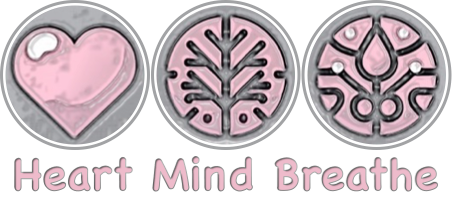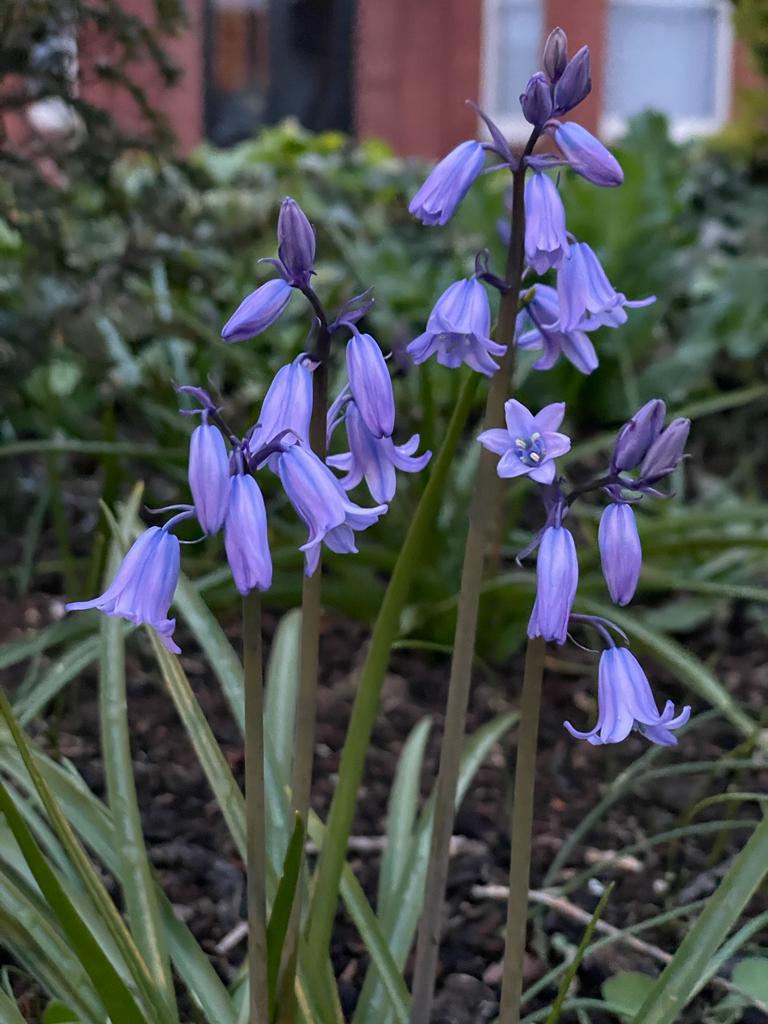I’ve heard it a hundred times: ‘Mindfulness is for relaxation’. It’s ‘breathing techniques’. It’s a worksheet about noticing your five senses, or, ‘mindfulness is for concentration’.
How did such a profound practice get reduced to this?
Happy by-products don’t do justice to its scope yet are described again and again as its sole purpose.
It’s true that once something gains scientific backing, it becomes palatable, then popular, and more and more spheres jump on the bandwagon. But in doing so, much of the original depth and meaning is diluted. Even the word mindfulness itself turns out to be a somewhat inadequate translation, its cognitive overtones often leaving out the essential role of the body. As was coined by the Buddha, all the teachings are within the body.
Throughout my time in the NHS, I’ve seen mindfulness embedded as the foundation beneath every so-called “third wave” approach—from CBT to DBT to ACT. Take CBT’s emphasis on challenging thoughts: it aligns directly with vedanā, the second foundation of mindfulness, which reminds us that our experience of something isn’t inherent in the thing itself, but shaped by our internal responses. Countless other examples of this can be found in modern replicas of the original messages.
So is it okay, or even remotely acceptable, that these teachings are so widely misunderstood and misrepresented?
There will always be things we can’t change, but we can still do our part.
I want to contribute to efforts made in restoring some of the integrity and depth to these vast and timeless teachings — not just in theory, but in how they’re lived and shared.
The HMB course restores fullness in terms of embodied inquiry into how we meet our thoughts, feelings and sensations with presence and compassion.

